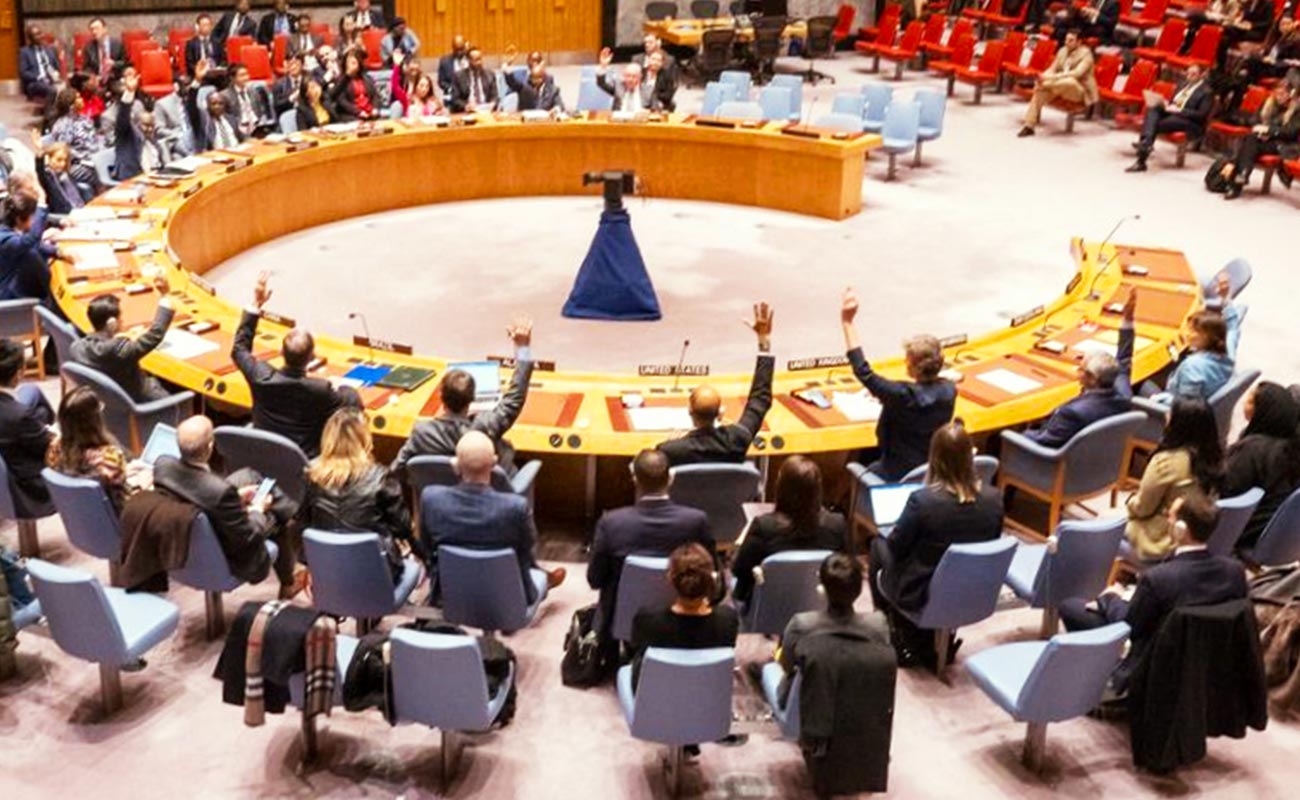
By Adam Abass
The AU peace operation forces have been deployed to Somalia since 2007 to combat the Al-Shabaab Islamist insurgency. Over the years, the mission has undergone several transformations, with the latest mission mandate (ATMIS) expected to withdraw from the country in late 2024. However, ATMIS is set to be replaced by a new AU mission, due to concerns about a potential security vacuum, which the total withdrawal of the AU mission could create, potentially worsening the security situation. The gradual withdrawal of the AU forces and the handover of military bases to Somali forces have been accompanied by an increase in Al-Shabaab attacks against government troops and civilian population, raising fear that the group is already exploiting the security gap. Previous AU missions in Somalia have been assigned a wide range of mandates, including supporting Somali forces in its offensive operations and conducting offensive operations themselves. The recently established AU stabilization mission, which will succeed ATMIS has raised questions about how it differs from its predecessors. There’s a need to assess its operational mandate and consider the implications for the mission moving forward.
Stabilization Mandate:
The new AU stabilization mission in Somalia is expected to become active January next year, with the member states on the continent already pledging troops to support the mission. Egypt, Burundi and Djibouti are expected to deploy forces to the mission. However, the contingents will operate under a bilateral agreement. Additionally, about 12,000 personnel have been approved to be stationed under the mission, the same strength as its predecessor, including civilian and police components.
The mission’s major priority is to support ongoing peacebuilding measures, including providing security to the Somali population, protecting AU assets and degrading the terrorist group Al-Shabaab. However, one of the salient operational mandates that cuts across major stabilization missions worldwide specifically UN-led missions is the counter-terrorism approach, which the new mission is likely to adopt. This approach implies conducting offensive operations against the terrorists. while its predecessor was also mandated to conduct counter-terrorism operations, it heavily relied on “Forward Operating Base” Stationed outside of major urban areas. The new mission, with its quick reaction force unit, is expected to take the fight to the terrorists in the hinterland of the country. This has raised concerns about the mission potentially repeating the same mistakes as other previous missions in Mali, and DRC, with no results, and a continuation of the cycle of violence.
Implications:
Drawing from observations of other stabilization operations, particularly UN-led Operations with the mandate to conduct counter-terrorism offensive operations, several factors could impede the new mission.
First, the counter-terrorism mandate of the operation, with its focus on offensive operations might yield the same result as its predecessor – failing to significantly degrade terrorist groups. The outgoing mission, ATMIS, was initially mandated to conduct a counter-terrorism operation against Al-Shabaab to weaken the group’s capabilities. However, this has resulted in fatal attacks against AU forces, leading to some of the highest casualties against the force. While the Mission has been credited with achieving certain objectives including driving the group out of the capital and reclaiming major urban areas, it has not diminished the growing threat posed by the group. Given that the new AU mission has been assigned a similar mandate for continued offensive, it is plausible that the outcome will be the same, with no significant improvement in the country’s security situation.
Secondly, the counter-terrorism mandate may overshadow the mission’s peacebuilding responsibilities. Al-Shabaab’s relentless and growing strength, along with its continued targeting of civilian population and government installations, may cause the mission to focus heavily on pursuing terrorist groups, at the expense of peacebuilding efforts. Addressing the root cause of the conflict, if given considerable attention can translate into a major victory in the AU and Somalia government fight against the group.
What needs to be done?
The AU mission’s focus on offensive military operations should be broadened to include alternative approaches to address the ongoing conflict. Past AU-led peace operations in the country have shown that military force alone is unlikely to eliminate the threat posed by the group. Instead, the mission should explore alternative solutions, such as local dialogue with the group, and prioritize encouraging and strengthening this approach.
Additionally, a comprehensive political reconciliation process that includes both majority and minority clan groups should be developed and promoted. The recent clan uprising against al-Shabaab, supported by the federal government and other partners, has demonstrated the critical importance of clan support in defeating the group. Clan reconciliation and their partnership with the federal government, especially in the fight against terrorism, should be further strengthened.
In conclusion, third-party intervention like the AU can help facilitate the recommendations mentioned and boost the confidence of the parties involved. However, this can only be achieved if all parties perceive the AU as a neutral actor, without any attachment to one side of the conflict.
Recent Posts
Categories
- Blog (79)
- News/Press Release (14)
- Ongoing Projects (1)
- Past Projects (1)
